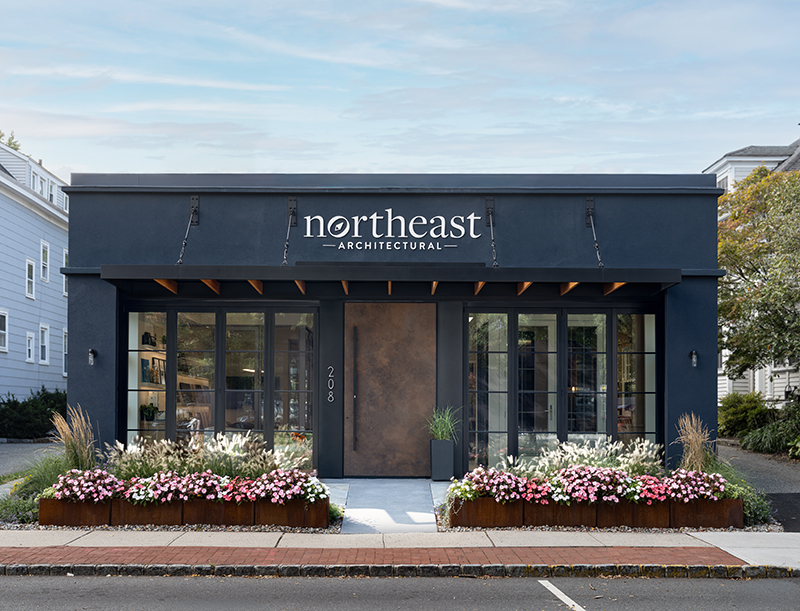AI Gives Mangrove Restoration a Boost in Kenya

Renowned for spectacular wildlife and scenery, Kenya attracts millions of tourists every year. Despite this splendor, one of its most valuable natural assets is slipping away: mangroves. The Kenyan coastline loses 0.7 percent of its mangroves annually due to development, erosion, pollution, sea level rise and climate change, according to the Kenya Forestry Research Institute.
These inconspicuous trees are powerhouses of productivity. Mangroves store carbon and provide habitat for a vast array of biodiversity, including many commercially and recreationally fished species. They’re also the first line of defense against tropical storms. Research shows they provide $65 billion worth of storm surge and flood mitigation benefits annually.
As a result, people are trying to restore mangroves across the globe. But many of these initiatives fail from a lack of community support, changing policies, or not using best practices. For example, many seedlings planted in degraded areas — where they are vulnerable to waves, flooding and sediment movement — do not survive.
Veritree, a platform that helps businesses support nature restoration, is tackling this reforestation road bump. In collaboration with the Kenya-based nonprofit EarthLungs Reforestation Foundation, Veritree restored over 3,200 hectares of mangrove forest in Kenya and Tanzania by using artificial intelligence to improve the planting and growing process. At the same time, EarthLungs provides long-term employment and health insurance for local communities, while also developing alternative sources of income for workers. That’s a win-win for people and the planet, all rooted in one tangled tree.

The science of survival
As its name suggests, Veritree verifies restoration projects and aids in project design, opportunity assessment, monitoring and ongoing reporting.
“We’re building the tools to help ensure work on the ground can be auditable, transparent, and verifiable, and that the organizations investing in it can stand behind it,” said Derrick Emsley, CEO and co-founder of Veritree.
The company is a link between organizations investing in nature restoration and those working to achieve that goal on the ground. EarthLungs is one of those on-the-ground partners. It restores degraded, publicly-owned land across Kenya, Tanzania and Mozambique by working closely with local communities. Together, the two organizations aim to ensure that mangroves are planted in the right place at the right time and survive.
The first one to five years is often the most critical period for that work, Emsley said. “That’s when the trees are planted, the survival is actually anchored, and you set the reforestation program on the path towards that outcome.”
So, they collect data on the ground in Kenya to support the early restoration process. Teams from EarthLungs visit randomized monitoring points and classify each tree’s status. The data is uploaded to Veritree’s mobile app to inform restoration efforts. The team also places environmental sensors and cameras in the field.
“We’ve collected hundreds of thousands of pieces of evidence of mangrove reforestation in the field that we’ve been able to tag and get really incredible data from the ground that didn’t exist before,” Emsley said.
With that data in hand, Veritree developed an artificial intelligence model, which it calls a computer vision model, that analyzes and interprets mangrove images.
“We’ve been able to build a computer vision model into our application … to identify if mangroves that have been planted are alive, dormant, dead, were planted at the right spacing — all these sorts of things that actually are critical inputs in whether or not those mangroves will survive over the long run,” Emsley said.
Altogether, this automated system collects information on tree species, survival, and the number of trees planted and people involved, said Victor Mwanga, CEO of EarthLungs. It also helps them proactively address problems in the field.

“It tells us whether there is a particular place that we need to go back in and either do a replacement [of mangroves] or there was total failure,” Mwanga said. “Then, we start addressing what led to total failure. It could have been that the tides were low, or there was too much drought, or we just simply did not get the right species to plant in that area … It gives us a lot of learning lessons.”
In severely degraded areas, the nonprofit also takes more extensive action, like opening up blocked water channels. Overall, it aims for an 80 percent survival rate of its trees.
While Veritree doesn’t use carbon credits in its funding model, it developed a more sophisticated carbon model for mangrove ecosystems. Using remote sensing, it can estimate aboveground carbon in individual mangrove trees with an astounding accuracy of 2 kilograms or better.
From degradation to regeneration
All this work brings a multitude of benefits for local communities. “Whenever an ecosystem is degraded, the first people who feel the effects are the people who live adjacent to that degraded ecosystem,” Mwanga said. “When a mangrove system is severely degraded, that means there’s no wind barrier between the ocean and the farmlands. That wind from the ocean comes in, and there’s a lot of wind erosion happening. That means the topsoil, which is the most important for farming activities, is all carried away by wind.”
As a result, that land can no longer produce crops. Mangroves increase food production in other ways, too.
“Oftentimes, what you see is these communities tend to be very fishing-dependent,” Emsley said. “As the mangrove channels get deforested, the fishing habitats also start to erode, and the fishing stocks tend to go down. As the mangroves get restored, the fish start to return. So it has this benefit of creating the environment again for a lot of these communities to thrive.”
EarthLungs also provides long-term employment opportunities, health insurance, and retirement benefits, particularly for those most in need.

But nothing sprouts forever, and once a project has finished, EarthLungs looks to continue offering economic opportunity in the local communities. That’s why it created BEEyond trees. With support from donors, the nonprofit installs beehives in mangrove forests to produce honey. This initiative generates sustained income for the community and provides a boost to neighboring farmland.
“Everybody around the forest can now realize better harvests,” Mwanga said. “They can continue earning a living until they come to their retirement age, and so they become the first line of defense for anybody who wants to come in and destroy the forest. That way, now you go back to factory reset, where the forest and the people were living together and benefiting each other.”
Even with their successes, both organizations face challenges. EarthLungs struggles to start projects quickly, since getting the formal, governmental permission needed can take several months. Emsley also noticed a recent shift in investment toward technology-based solutions, like direct air capture technology, versus nature-based options for addressing climate change.
Planting the future
Despite their incredible value, mangrove forests have lost upwards of 37 percent of their extent globally. While rates of deforestation are declining, magroves still face many threats on the road ahead. Projects that address the root causes of declining mangroves stand to build a lasting impact.
“That is how impactful this partnership is, that it not only addresses issues of forest degradation or ecosystem degradation, but also addresses issues of economic empowerment and social networking,” Mwanga said. “Because people are able to sit together and discuss, and find a common ground, they are able to grow as a community.”
link







